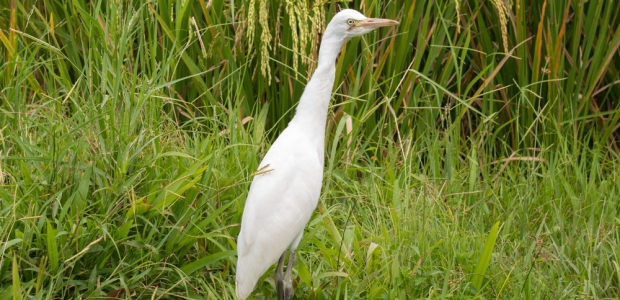
UN Celebrates World Wetlands Day
Thus far, 169 countries have signed the Convention on Wetlands and more than 2,200 sites have been designated and recognized as Wetlands of International Importance, covering an area larger than Mexico in all.
UN officials and environmentalists far and wide celebrated World Wetlands Day 2016 this week using the theme "Wetlands for our Future: Sustainable Livelihoods." The Feb. 2 observances marked the 45th anniversary of the signing of the Ramsar Convention on Wetlands, with hundreds of events taking place. According to the UN Environment Programme, more than 1 billion people around the world make their living directly from wetlands, including from fishing, rice farming, or handicrafts. Yet 64 percent of the world's wetlands have disappeared since 1900, with many of them converted for agricultural use or urban development.
"This alarming loss means it is urgent for people to understand that preserving wetlands does not have to mean restricting economic growth or depriving people of livelihoods. But quite the opposite," said Ania Grobicki, acting secretary general of the Ramsar Convention on Wetlands. She added that "2016 marks the dawn of a new era. The United Nations Sustainable Development Goals adopted last September map out the route from the vicious circle of environmental degradation towards a virtuous cycle where we preserve, restore, and wisely use ecosystems precisely because they are vital for our prosperity."
Thus far, 169 countries have signed the Convention on Wetlands and more than 2,200 sites have been designated and recognized as Wetlands of International Importance, covering an area larger than Mexico in all. The new Ramsar Strategy 2016-2024 calls for featuring wetland benefits in strategies and plans for key sectors, such as water, energy, mining, agriculture, tourism, urban development, infrastructure, industry, forestry, aquaculture, and fisheries, at the national and local levels. The Ramsar Convention on Wetlands is an intergovernmental treaty that provides the global framework for the conservation of wetlands. It was signed in the Iranian city of Ramsar in 1971 and entered into force in 1975.